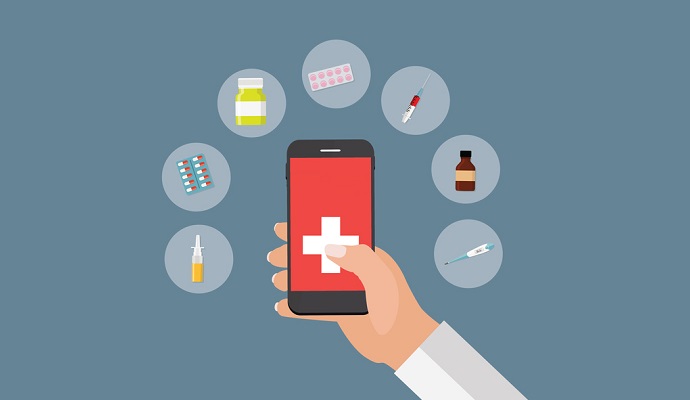First Stop Health Launches Virtual Primary Care Service
The telehealth provider will offer access to primary care via its app, website or over the telephone with the aim of increasing access and reducing costs.

Source: Getty Images
- Chicago-based First Stop Health, a virtual care provider, has established a nationwide virtual primary care service.
The service is available via an application, website, or the telephone and includes three components: 24/7 access to urgent care through telemedicine, scheduling options for preventive care virtual visits, and scheduling options for chronic care virtual visits.
Healthcare consumers can schedule appointments with a preferred clinician from First Stop Health's virtual group practice. These physicians not only consult with patients, but also coordinate laboratory, imaging, and procedure orders, manage medications, refer patients to in-network specialists, and provide follow-up care.
"We are focused on increasing healthcare access and affordability when it comes to primary care," said Blaine Barnett, CEO of First Stop Health, in the news release. "Virtual primary care is a natural fit for FSH because we're already providing episodic care at industry-leading rates and evolving to treat preventive and chronic care for our members will enable our doctors to deliver whole-person, digital-first care."
One of the key benefits the virtual primary care service is expected to provide is reduced costs for employers, according to the new release. Not only can more consistent management of chronic diseases help rein in costs, but First Stop Health will provide its clients that are employers with aggregated clinical data to support billing claims and employee health trends that can inform decisions about benefits programs.
"Virtual primary care can help reduce healthcare costs for employers," said Dr. Eric Bricker, chief medical officer and chief growth officer at First Stop Health, in the news release. "FSH Virtual Primary Care can prevent medical claims now with 24/7 urgent care and reduce claims risk later with effective primary care for chronic disease and prevention — which is all available virtually for members."
Research shows that having an established primary care provider has a significant positive impact on quality measures, including death rates. But the proportion of American adults with an identified source of primary care has dropped, from 77 percent in 2002 to 75 percent in 2015, according to one study published in JAMA Internal Medicine.
The proportion of adults visiting a primary care physician appears to have remained low since. The most recent data from the Centers for Disease Control and Prevention shows that of 860.4 million physician office visits in 2018, only 51.2 percent were made to a primary care physician.
But as telehealth use grew during the COVID-19 pandemic, so did access to and preference for virtual primary care. In fact, 77 percent of healthcare consumers said they would prefer to see their existing primary care provider via video, and one in four consumers said they are willing to switch providers to get access to virtual primary care, a survey conducted by telehealth provider Amwell in 2020 showed.
As a result, several healthcare entities have made a push to expand their virtual primary care offerings. In November and December last year, self-funded employer health plan Centivo and healthcare service provider Premise Health both launched programs related to primary care delivered via telehealth.
Correction: This article mistakenly reffered to First Stop Health as a direct-to-consumer virtual care provider. The article was updated on Jan. 17.
